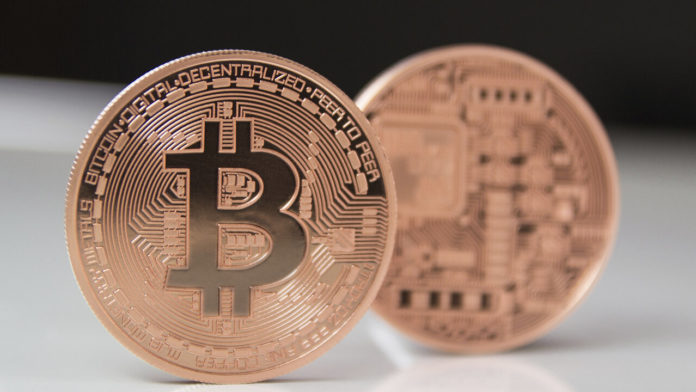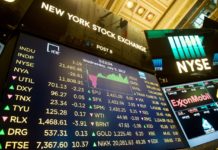The headlines started in January 1988, just three months after October 1987’s Black Monday…
32 years ago, The Economist published an article titled, “Get Ready for a World Currency.”1
The article starts:
“Thirty years from now, Americans, Japanese, Europeans, and people in many other rich countries, and some relatively poor ones will probably be paying for their shopping with the same currency. Prices will be quoted not in dollars, yen or D-marks but in, let’s say, the phoenix. The phoenix will be favoured by companies and shoppers because it will be more convenient than today’s national currencies, which by then will seem a quaint cause of much disruption to economic life in the last twentieth century.”
The idea seemed radical. A world currency would require nations to give up their monetary sovereignty, which is a big ask, regardless of a country’s economic health.
Some say the idea stemmed from a growing resentment (and fear) of the U.S. Dollar’s dominance as the world’s currency. Others pointed to “currency instability” and concerns of the ripple effect that would result from a collapsing dollar.
Because the dollar is accepted almost everywhere, the U.S. government has been able to print it without exercising discipline. The high demand for it has kept inflation in check, despite overwhelming evidence that the dollar is becoming less valuable. As a fiat currency, it hasn’t been backed by a hard asset like gold since 1971.
Still, no one has been able to displace the almighty dollar as the currency of choice. Europe tried (and failed) when they released the Euro. China also tried to make a play for becoming the world’s main currency, but they’ve been unsuccessful due to well-documented government manipulation.
An Eerie Prediction
We’re not talking conspiracy theories here. What we’re sharing is mainstream, but the topic has been largely forgotten or not often discussed.
However, events from Q1 2020 have brought talks of a “new world economy” and a singular currency back to the limelight.
The article noted that most governments, especially the current world powers, would never agree to a world currency. That is, unless a crisis forced them to. Many economists and analysts forecasted this crisis would occur in 2018. When 2018 came and went, it didn’t disprove the theory. Instead, it’s believed to have only slowed down the inevitable.
Since The Economist article, technology has advanced at a rapid pace, and the waters for non-centralized currency have already been tested with cryptocurrencies like Bitcoin as well as hundreds of others.
The question remains: will a new central bank, one that’s perhaps descended from the IMF (International Monetary Fund), create a new monetary policy as well as a digital currency?
The Slow Adoption of Cryptocurrency
Let’s take a moment to distinguish between digital currency and cryptocurrency.
Digital currency is electronic, and the dollar is already a digital currency in many respects. Checking and saving accounts, money market funds, and other cash equivalents are technically digital. The amount on the books digitally outnumbers paper cash by a factor of 9 to 1.2
Direct deposits, credit card purchases, and Venmo transactions are all digital. Cryptocurrency, on the other hand, is a digital form of currency that isn’t backed by a centralized government. It’s traded using blockchain technology, which, in simple terms, links together a cluster of computers to manage a transaction.
Bitcoin is currently the most prevalent (and first) form of cryptocurrency, coming into existence in January 2009. Despite fortunes being made and lost holding and trading it, only about 6% of Americans own it. Compare this to 55% of Americans owning stock, and you can see that this asset class hasn’t been fully explored.3
Some of the reluctance to invest in Bitcoin stems from its unfamiliarity. It’s not a tangible asset either, making many people distrust and dismiss it. Further harming its reputation are headlines about criminals and hackers preferring cryptocurrency over mainstream forms of payment.
Still, cryptocurrency is slowly making it onto the investment radar. From 2017 to 2018, the number of Americans investing in cryptocurrency grew by 81%. Is it the murmurings of a centralized digital currency fueling this behavior, or are Americans warming up to the idea of crypto as a sound investment strategy?
The Bottom Line: There’s no denying that the past several weeks have been a rollercoaster in the financial markets. Like most investments (save for stocks like Zoom, which has more than doubled since most people are working from home), the price of Bitcoin is down. Historically, it has done well when the stock market is in turmoil, so its current downtrend should make you take pause before leaping into a trade.
We don’t have a solid prediction (yet) about whether the world is going to switch to a single currency, though we can say with near certainty, that it won’t be one that exists already. Sources still claim that a single currency is impractical for the current conditions, but that stance could change in the coming weeks.4
Cautious investors are taking a “wait and see” approach, while making sure they have plenty of cash on hand to take advantage of an opportunity quickly.
- https://altcoopsys.org/wp-content/uploads/2017/01/ArticleEconomist1988GetReadyforthePhoenix_001.pdf
- https://www.forbes.com/sites/davidblack/2020/03/01/who-needs-cryptocurrency-fedcoin-when-we-already-have-a-national-digital-currency/#dd1f2d24951e
- https://www.nasdaq.com/articles/bridging-the-bitcoin-gap%3A-why-the-american-crypto-landscape-is-ripe-for-disruption-2020-03
- https://www.investopedia.com/financial-edge/0310/one-world-one-currency-could-it-work.aspx








